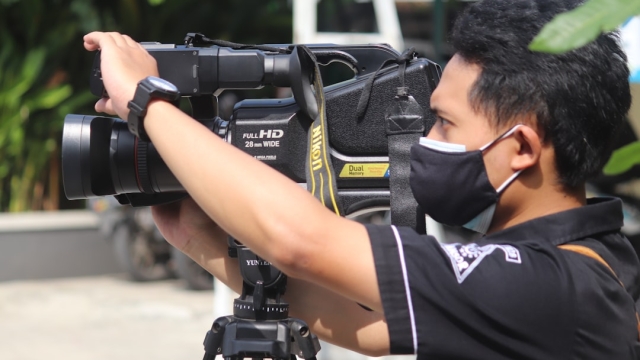In an era where security and surveillance are increasingly important, understanding advanced surveillance techniques is vital for individuals and organizations alike. These sophisticated methods not only enhance safety measures but also play crucial roles in law enforcement, corporate security, and even personal safety. As technology evolves, so do the techniques used to monitor and gather information, prompting a need for awareness and understanding of both their applications and implications.
Overview of Advanced Surveillance Techniques
Advanced surveillance techniques encompass a variety of methods that enhance the ability to observe and collect data. One of the most well-known methods is facial recognition technology, which utilizes algorithms to identify individuals by analyzing facial features. This technique has applications ranging from security at airports to social media tagging. Another prominent method is drone surveillance, which allows for aerial monitoring and data collection from hard-to-reach areas. Drones equipped with high-definition cameras can cover large areas quickly, providing valuable insights for both public safety and environmental monitoring.
Additionally, AI analytics have revolutionized the way surveillance data is processed. By leveraging machine learning algorithms, vast amounts of data can be analyzed quickly, identifying patterns and anomalies that may not be readily apparent to human observers. This capability significantly enhances the effectiveness of surveillance operations, making it easier to detect suspicious behavior or potential threats in real time.
Emerging Technologies in Surveillance
The landscape of surveillance is continuously evolving, driven by innovations in technology. One of the most impactful developments is the integration of Internet of Things (IoT) devices. These interconnected devices, ranging from smart cameras to environmental sensors, can provide a wealth of data that, when analyzed, can enhance situational awareness and response capabilities. For instance, smart cameras can not only capture footage but also analyze it to detect unusual activities, thus minimizing the need for constant human oversight.
Furthermore, advancements in machine learning are enabling surveillance systems to become more predictive rather than merely reactive. By learning from past data, these systems can forecast potential security breaches or criminal activities, allowing for proactive measures to be taken. This predictive capability can lead to more effective resource allocation and improved safety outcomes.
Ethical Considerations and Privacy Implications
While the benefits of advanced surveillance techniques are significant, they come with serious ethical considerations and privacy implications. The use of such technologies raises questions about consent and the extent to which individuals are monitored without their knowledge. For instance, facial recognition technology, while effective, can lead to potential misuse, including racial profiling and wrongful identification. The challenge lies in finding a balance between ensuring public safety and respecting individual privacy rights.
Moreover, the data collected through surveillance methods often contains sensitive information that, if mishandled, can lead to breaches of privacy. Organizations and governments must establish clear regulations and guidelines to govern the use of these techniques, ensuring that they are employed responsibly and transparently. Engaging with the public about the purposes and limitations of surveillance can foster trust and mitigate concerns about privacy infringements.
Conclusion
Advanced surveillance techniques are essential tools in today’s security landscape, providing valuable insights and enhancing safety measures across various sectors. However, as these methods continue to evolve, it is crucial for society to engage in meaningful discussions about their ethical implications and privacy concerns. Striking a balance between security and personal privacy will be vital in shaping a future where advanced surveillance techniques can be utilized responsibly. For those interested in exploring more about these methods and their applications, resources are available to provide further information and guidance.
For more insights into advanced surveillance techniques and their applications, you can visit this resource.

